Best Fine Motor Skills Activities For Your Child
The growth and development of a child depend on what you teach them since childhood. Not all kids develop at the same rate, mentally and physically. Some develop early, and some take time to acquire the qualities. So, if you want to look at some fine motor skills activities for your child, you have come to the right place!
For most kids, the best motor skills are playing with play dough, working with papers and scissors, musical instruments, collecting objects, etc. Almost all of these are so easy to maneuver that you can practice them yourself with your child!
You need to understand better these fine motor skills and how they relate to your child’s health. This article will suggest some of the best fine motor skills for children. Besides, in the case of special kids, practicing fine motor activities can be helpful. So, to get a brief overview of all these issues, please read the entire article.
What Are Motor Skills For Children?
As basic as it can sound, motor skills refer to the ability of children to use their muscles and coordinate them for different activities. Any skill related to the movement of muscles and joints can be arbitrarily called a motor skill.
Children have this inherent ability to learn what they see. The domains of development of a child involve speaking, talking, walking, social interactions, etc. We do not learn these in the womb. The potential to develop all these domains lies in our genes, but only with specific simulations and the proper environment can these come into being.
Moreover, our brains are processed in a way that we see once or learn by heart; we can remember that for as long as possible. In the same way, a kid knows how to walk, use a spoon, hold a toothbrush, and even eat! Consciously or subconsciously, it is you who is creating the stimulants for your child to learn these.
All these activities greatly depend on the use and coordination of different muscles. We have 306 bones and maybe six hundred other muscles per anatomy! Each muscle has a specific function and performs a particular activity. For example, the muscle responsible for smiling differs from the muscles that help you write.
The word motor means movement. Whatever causes you to make movements comes under the spectrum of motor activities. Broadly, motor skills for any person can be categorized as gross motor skills and fine motor skills.
Firstly, the general stuff like crawling, walking, running, jumping, climbing up the stairs, or even standing are all Gross Motor Skills. These skills are so basic that any child without any deformity can develop these by the age of twenty-four months.
Most importantly, these kinds of skills require the action of large muscles. For example, they involve using muscles of the limbs, chest, etc.
On the other hand, the activities which require the coordination of the small muscles of hands and feet are fine motor skills. For example, writing, cutting, holding, touching, buttoning up a shirt, etc., can be fine motor skills. These require hand-to-eye coordination and also some significant time to develop. Most kids are well trained by the age of five.
Motor skills development is the most crucial domain in a child’s growth. It is a marker of the well-being of a child’s motor system and neuromuscular coordination. Moreover, the development of fine and gross motor skills depends on each other to a large extent.
If a child takes longer than usual, they should be taken to the doctor. However, it is understandable that not all kids develop at the same rate. Nevertheless, anything other than usual needs to be taken care of.
12 Best Fine Motor Skill Activities That Your Toddler Can Try
As a parent, you are concerned about whether your child is developing correctly or not. It’s you who can help your child with that. You can practice some very basic motor skills with your child to help him develop faster.
Here, I suggest some of your child’s easiest yet most effective fine motor activities. If you keep practicing with your child, it can be helpful for both of you in many ways. So, without any further ado, let us briefly discuss all these!
Learning To Write
Parenting can be exhausting. It is the only full-time job where you don’t get paid, yet you have to put your hundred percent into it! But the fruits of this job are invaluable! It is better than any remuneration in the whole world. Likewise, happiness can be unbound when you teach your child something and learn to do it correctly!
That being said, teaching a child to write is not an easy task. You can’t expect your child to start writing letters and words with a few days of practice.
At first, the baby needs to learn to hold the pen. Most kids struggle with holding the pen. It is not mandatory that every kid has to hold the pen by its tip. In reality, almost 9 in 10 kids develop different styles of holding a pen. Then, you have to teach him to coordinate the movement of the pen on paper.
When the child sees you write something, the observation he makes will play a significant role in his future endeavors. He will store it in his memory for a very long time. This residual memory helps him to coordinate his movements later on. So, write more in front of the kids!
Also, writing involves using small muscles of the hands – the thenar and hypothenar muscles. They help in the delicate movement of the fingers and eventually in writing.
Now, about your role here. What you can do is make it seem more attractive to your child. Sit with him and start by making shapes. Draw some figures on paper, maybe start with a basic circle or a square. Gradually, the child will learn to get a grip on the pen.
Slowly, move on to more complex shapes. Subsequently, start with letters. The child can get acquainted with the alphabet and numbers if you train him gradually. However, don’t force your child to do something. Try to attract his attention and make him enjoy doing it. Otherwise, all your hard work might go in vain!
Cutting A Piece Of Paper Into Shapes
Crafting is a perfect way to get a grip on fine motor movements. The most straightforward crafting task is cutting different shapes out of paper. For this purpose, first of all, the child needs to learn how to hold a scissor safely.
Handing out a pair of scissors to your child can be scary for the first time or for the first few times. Keep the child under your close observation when you do so. Naturally, the first time any child would fail to grip the scissors correctly. So, stay with him and teach him with love and care.
For instance, you can cut out circles, heart shapes, make clouds, or even funny shapes! You can start with very simple and easy spaghetti cuts or simply draw some lines and show the child how to cut in a straight line as per how you drew them.
Holding the scissor involves the use of hand muscles. And compared to other fine motor skills for children, it is quite hard to master cutting paper. Understandably, your child may get hurt once or twice while handling the scissors. But that is how I learned everything! So, don’t be scared and give your kid the chance to learn.
Transferring Rice Grains From One Bowl To Another
This is a fun thing to do. Most kids find great excitement in practicing these kinds of tasks. It is straightforward. All you have to do is gather a bowl and some rice grains. In addition, to make it more exciting, you can add colors. Choose some bright colors to add to the rice grains.
Then, take another bowl. Teach your kid to transfer the grains from one bowl to the other. You can make a race out of who finishes transferring the grains first! So, it will draw your child’s attention. He can practice this with more interest than before!
These tasks will help your child develop gripping and pinching movements simultaneously. It takes some time to develop this skill, ultimately. Sometimes, some parents like to play with colorful edible spaghetti with their kids. These have the same role in developing fine motor skills as well.
Playing With Play Dough Or Slime
We are all acquainted with this one thing from our childhood. We all played with dough and slime. Who didn’t love making different shapes out of that dough? Some of us made snowmen; some made groceries; even some made cookies!
These are the things you can practice with your kid. You can make different shapes, sculptures, miniatures, etc. All kids love creative stuff. When the kids accomplish making something, it makes them very happy. And with little appreciation, they get the enthusiasm to do more!
Older kids can learn to make structures with play dough more quickly. The younger ones, especially kids under one year old, can’t acquire this faster. The frontal cortex of our brain is mainly related to processing these sorts of functions.
The frontal cortex is the forepart of our brain. It controls all our motor activities, our likings and dislikings, and our interactions with people and situations. Practicing motor activities more can help the frontal cortex develop more quickly.
So, sit together, take some time, and practice making structures with playdough with your kid. It will eventually strengthen your relationship with your family. If you bond well with your kid, the love can grow more profound with time.
Learning To Practice Music
Almost all kids enjoy listening to music. Music soothes the soul and brings inner peace. Even a toddler can realize the soothing effect of music! Babies having Down syndrome are more attracted to music, dance, and such activities. The cause is unknown as to why they are more attracted to these.
Listen with your kids to more musical songs and melodies. The kids can remember the lyrics and the music much longer than the elders. The themes of Barney and his friends, Bob, the builder, can he fix it, or even the Looney Tunes still touch my heart! Any kid would love listening to these.
So, you must be thinking, how is this related to fine motor skills? Yes, it is related. Because when you make your child more drawn to songs and music, he tries to recreate it himself. Almost all kids play with keyboards or guitars in their childhood.
Practicing music with these instruments helps them learn the coordination of fingers, eyes, brain, and memory power. In particular, practicing with the guitar means developing finger muscles with more precision! In this regard, the lumbrical muscle group plays a significant role.
These kids tend to develop faster than their contemporaries. They are cleverer and more intelligent. Therefore, practicing with musical instruments can be very helpful for a child’s cognitive and neuromuscular development.
Playing With Lego Set
A Lego set does not cost much. You can buy a Lego set from any local store. Now, there are different kinds of Legos. With Legos, you can make buildings, houses, robots, people, cars, animals, and more!
Any kid would love to make new things with Legos. Indeed, it has been designed to draw the attention of any child, of any age, in any part of the world! When you build new structures with Legos, multiple muscles come into action. Mostly, the hand muscles become stronger with practice.
So, make new structures with your kids. Ask the child what he would like to make. It will strengthen your bonds as well. Besides, it would be helpful if you made things that you could both relate to. And it will create fond memories as well. Your child can have good memories to remember you!
Counting Coins And Pennies
It might be a boring task for the elderly. But for the kids, it is like a treat! Most kids love to count coins, especially kids who know how to count or have some knowledge of simple arithmetic.
So, teaching your child to count the coins can help him with neuromuscular functions and maths. Naturally, your kid will learn to do simple arithmetic tasks and grip the coins. But if your baby is too young, this may not be a wise game to play with him. Some kids have the habit of swallowing stuff.
Hence, it can be harmful as some kids can swallow coins. Kids are not supposed to be intelligent or mature. So, the young ones need constant supervision when around dangerous elements. We ought to be more careful whenever such situations arise.
Buttoning Shirts
Most preschools teach the kids to be self-reliant. They encourage the toddlers to take care of their clothes. So, gradually, the kids learn to button up their shirts. The process or the action of buttoning is different from other fine motor skills. It is more complex. You need the involvement of a group of muscles in both your hands and forearm.
So, teach your child to button up his shirt. Show him one or two, and then he will be able to do it by himself. It is safe, and there is no chance of injuries. Thus, your child can practice this when they are alone as well.
Besides, always try to make the task more enjoyable. Any kid will be drawn if you can add charm and excitement to the job. Show your child some love, and it will always benefit you.
Learn To Zip Up
It is like another alternative to buttoning up. However, some zippers require locking things first. These zippers are better if your concern is centered on fine motor skill activities.
Besides, this task requires hand-to-eye coordination. So, if there is better coordination, your child develops faster. All kids are born with some minimum amount of intelligence. Teach him nicely. Don’t be harsh on them!
Buy them more zipped jackets. Then the baby can practice more. Nowadays, toddlers are so bright that zipping is like a cup of tea for them! But this is a good practice unless they hurt themselves.
Painting
This task is enjoyed by kids of all ages, starting from tiny babies to young toddlers or even five-year-olds. Who doesn’t love to play with colors? Mixing colors is another fun thing to do.
So, provide some basic art supplies to your kid. For little ones, just making splashes of colors on paper can be a great start! Or make handprints together. It is fun, educational, and helps to bond better!
For older kids, teach them to draw shapes first. Then they can make artwork. Some kids are so talented that they have become great artists ever since childhood! When provided with colors, they can create astonishing masterpieces.
Painting is a beautiful art that requires the precise movements of your joints. So, painting can be beneficial as fine motor activity. It is my favorite among the fine motor activities I have listed here!
Adding Stickers To Journals
Help your kid make a journal. This journal could later hold fond memories of his childhood. Teach your child how to detach a sticker from the packet and then place it on another surface like paper.
Also, you can give him stars and more exciting stickers like Disney princesses or cars or toys when he learns to do some tasks. So, at the same time, he can practice two tasks. For some unknown reason, all kids love stickers. Their admiration for this stuff is unmatched. Therefore, it can be an excellent way to draw his attention.
Origami And Crafts
Origami originally comes from the Japanese. They have devised this outstanding quality to make anything out of a piece of paper just by folding it!
The art of origami involves using some basic paper folding techniques without cutting it. It is another form of craft. We are all well acquainted with making paper boats, rockets, 3D balls, parrot beaks, tulips, roses, or any typical structure. As kids, we all enjoyed making these!
Origami is an excellent way to develop thinking and motor skills simultaneously. In addition, it boosts up memory power as you have to remember all the steps sequentially. Otherwise, you don’t end up with the correct result. Some intelligent kids tend to develop unique processes to create the ultimate shape. All these are helpful for your child!
Relation Between Fine Motor Skills And Cognitive Development
Cognitive development refers to developing your nervous system’s very basic or preliminary functions. It helps you think, believe, process information and data, remember stuff, etc.
That is to say, the developmental process of both fine and gross motor skills helps to create the base for cognitive development. Usually, cognitive development happens after 5 years and should continue till adolescence or adulthood. So, as you can see, it is like the next step in your child’s growth after developing the motor system.
Moreover, cognitive development is essential. Because without this, your child won’t be able to reason, interact, or even coordinate in practical life. When your child masters fine motor skills, specific techniques in specific situations make him stronger, it helps him develop for more competitive situations in the future.
The kid can learn and decide what to do and what to not. It is essential in the life of any child. You must have observed that a baby with autism can’t reason or react to situations like a normal, healthy baby.
A part of this is that autistic children do not have reasonable motor skills. So, cognitive development is ultimately affected. Hence, cognition, and brain functions, all require the correct development of the neuromuscular and motor systems.
You can understand if your child has good fine motor skills by observing how he performs. Throw a task at them instantly, and assess how they perform. Besides, you can also keep a scoring system to check their progress. Every time you observe the child, you evaluate and put a score on how he has performed.
Ultimately, your child will be able to develop cognition and good motor skills. For faster growth and development, learning motor skills as soon as possible is inevitable! So, pay closer attention to your child’s motor abilities and activities.
Practicing Fine Motor Activities Can Be Helpful For Autism
Motor activities can be a marker for understanding whether your child has an intellectual disability or not. A gross assessment of any child’s motor and neural coordination can reveal certain personality traits.
Autistic babies are the unique, God-gifted ones. They are different from other babies because they have a lower Intelligent Quotient (IQ). So, they have intellectual disability disorder.
Autism spectrum disorders involve a wide range of manifestations altogether. Any child psychiatrist can quickly tell whether a child has special needs by observing his motor activities. Autism is not severe in all cases. Some kids have it bad enough, while some still have hopes and a good prognosis.
In addition, the kids who have a good prognosis are advised to practice motor skills more and more. They are advised to interact more socially and practice more gross and fine motor movements. It will help them develop hand-to-eye coordination, which is essential for autism.
Autistic babies don’t like making eye contact. They have a hard time concentrating or focusing on one single activity. So, if you practice the activities mentioned above with them more, naturally, they will learn to focus and concentrate. They can direct their mind toward one task at a time and ace it as well!
Besides, fine motor skills help them acquire reasonable control of hand-to-eye coordination. So, the babies can learn faster and increase their Intelligent Quotient with time. Practicing fine motor skills is beneficial for these special kids.
Autism is not a curse. Many kids can lead a peaceful and happy life with proper treatment and therapies. They are special, and they require our utmost love and care.
Conclusion
The mental and physical development of a child is closely related to motor skills development. As a parent, it is pretty understandable that you worry about your kid’s growth. So, I tried to recapitulate some of the most accessible fine motor skills activities for your child that you both can perform together.
All these tasks are very easy to perform, and your child won’t be bored even for once! I hope this article helped you know more about the importance of fine motor skills in your child’s life. Thank you for reading the entire article with patience. Have a great time with your kids, and don’t forget to send my love to them!
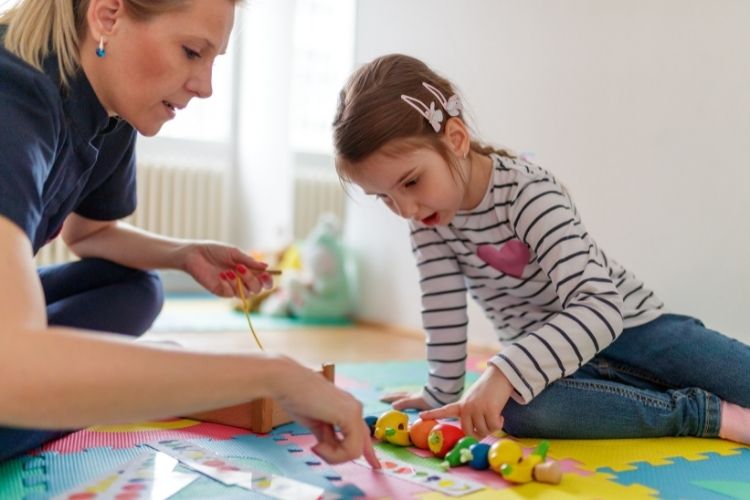
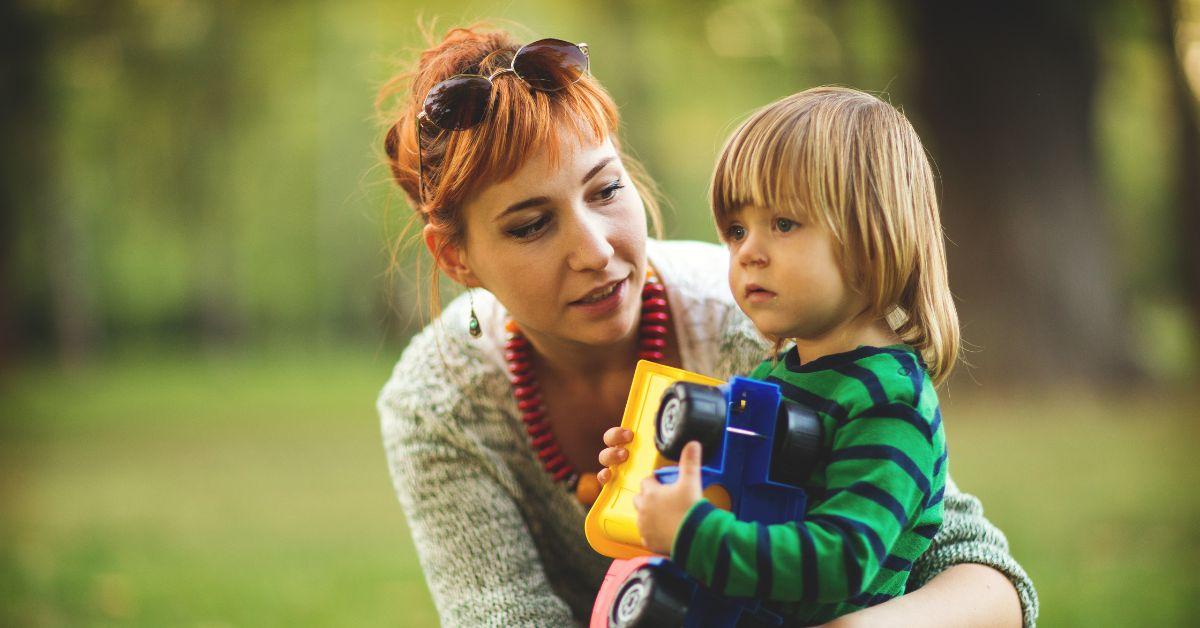
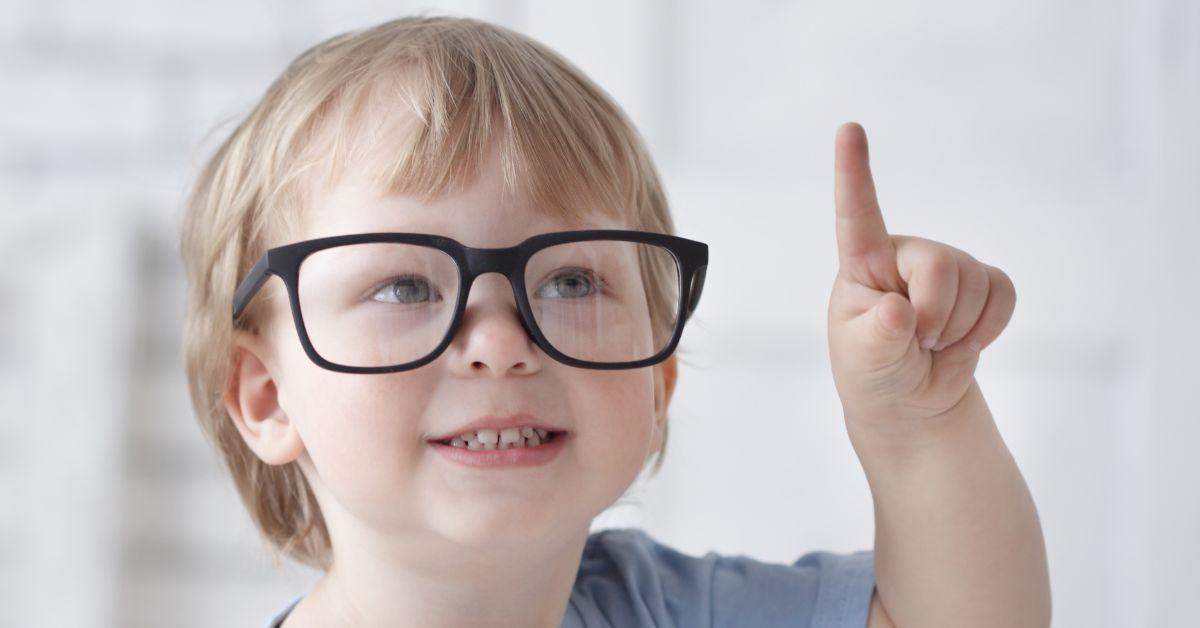
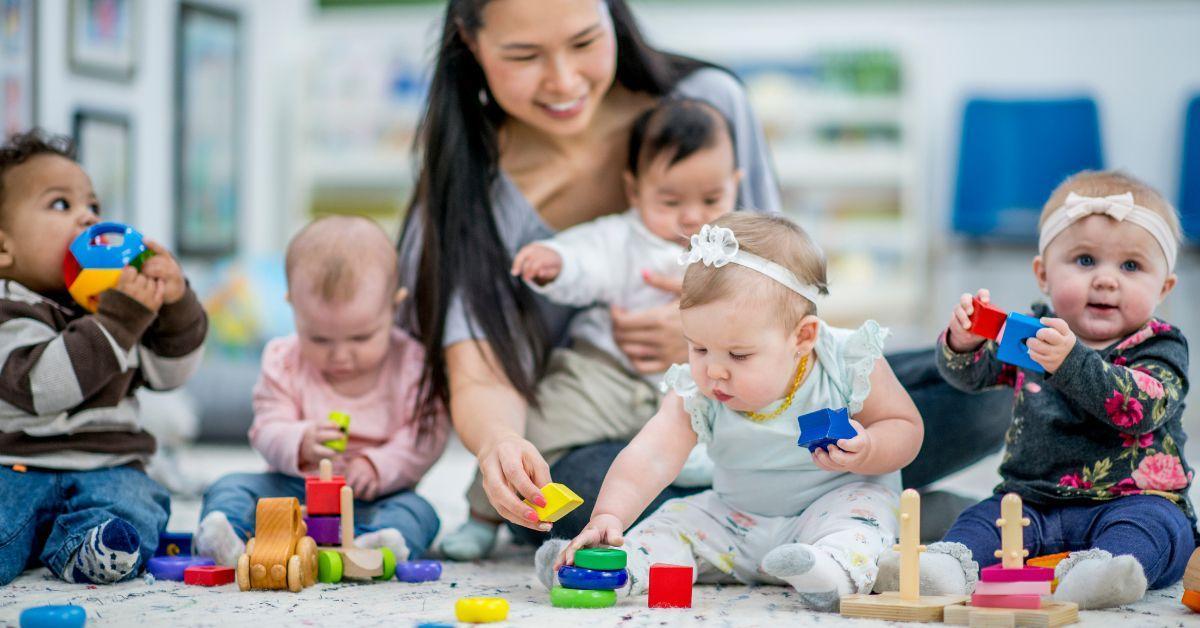
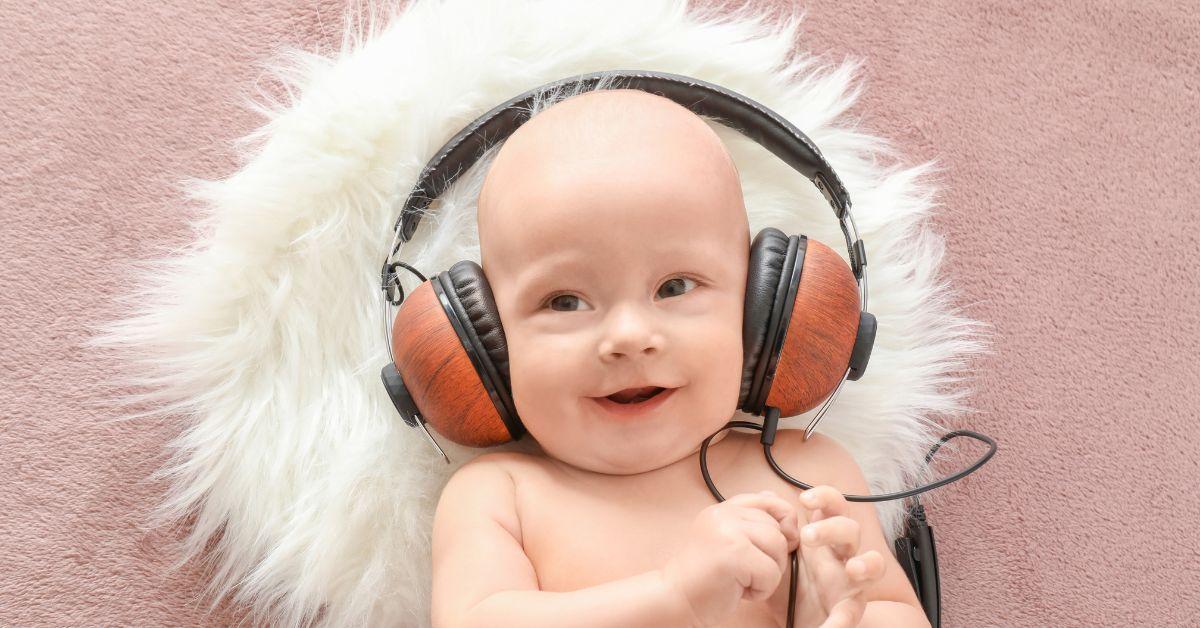

Jennifer Crowley
I'm Jennifer, a dedicated mother passionate about writing insightful blog posts. My life revolves around the joys and challenges of parenting and brings my unique perspective and experiences to writing, with a keen eye for detail and a love for storytelling. My blog is a platform for sharing parenting tips and advice and a place where I want to be with other moms and dads, offering them a sense of camaraderie in the wonderful, chaotic world of parenthood.